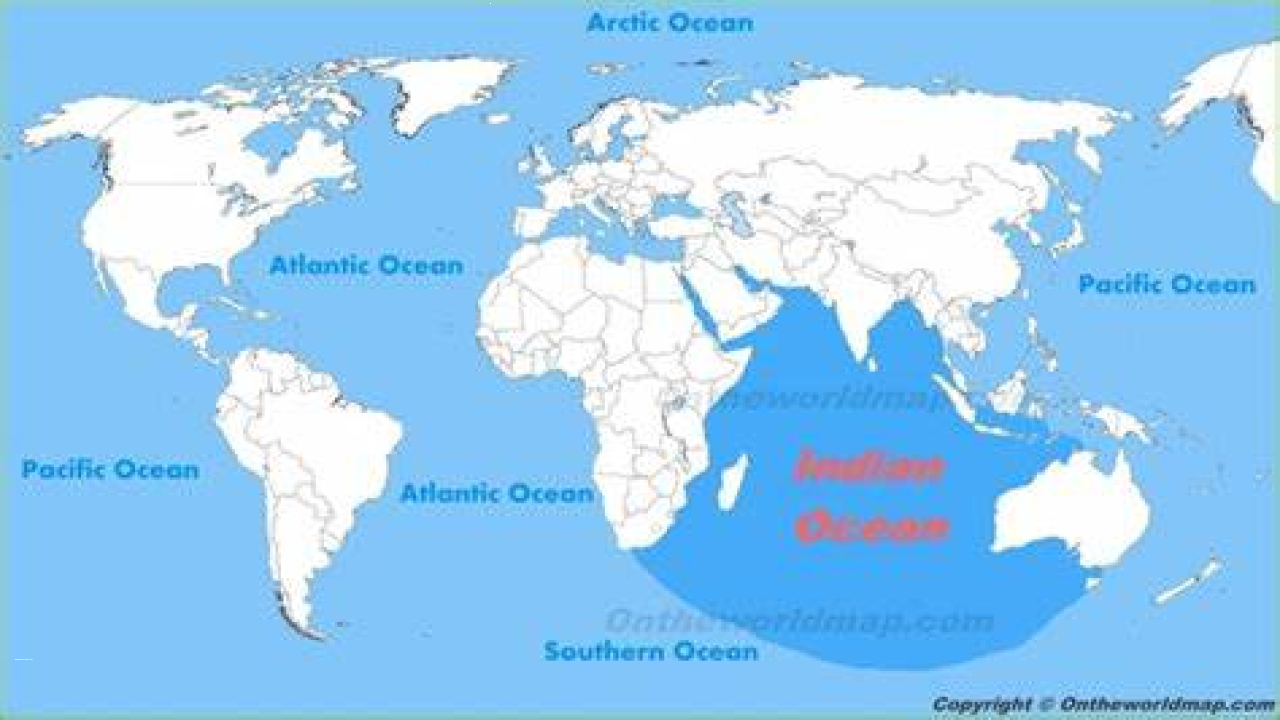Indian Ocean Dipole
Indian Ocean Dipole (IOD), also known as the Indian Niño, refers to a coupled ocean-atmosphere phenomenon in the Indian Ocean. It is characterized by alternating warmer and cooler than average sea surface temperatures in the tropical western and eastern Indian Ocean respectively.
Causes
The IOD results from interactions between the ocean and atmosphere in the Indian Ocean region. Key factors that influence its development include:
- Variations in sea surface temperature
- Changes in wind patterns and convection
- Complex internal dynamics
While IOD events can occur independently, they may also be influenced by other climate drivers like El Niño–Southern Oscillation (ENSO).
Impacts on Regional Weather
Positive IOD phases, with warm west and cool east basin conditions, have distinct regional climate impacts:
- Enhanced rainfall over East Africa and the Indian subcontinent
- Suppressed rainfall over Indonesia and Australia
- Moderation of impacts during co-occurring El Niño events
However, IOD rainfall influences tend to be weaker compared to those associated with ENSO.
Timeline and Interaction with ENSO
- IOD events typically develop during May-June, peak around October, and decay by early next year
- Interaction between IOD and ENSO can modulate their intensities and climate effects
- Predicting this interaction poses a forecasting challenge
Lessons Learned for Climate Science
Studying the IOD highlights the complexity of coupled ocean-atmosphere processes. Key lessons include:
- IOD influences regional weather patterns independent of and alongside ENSO
- Improved understanding and prediction needed for climate resilience
- Findings underscore interconnected nature of Earth systems
Ongoing IOD monitoring and research is crucial for forecast skill development and informed climate policy making.
Month: Current Affairs - February, 2024 • Current Affairs - June, 2023
Category: Environment Current Affairs


